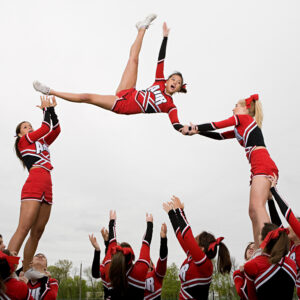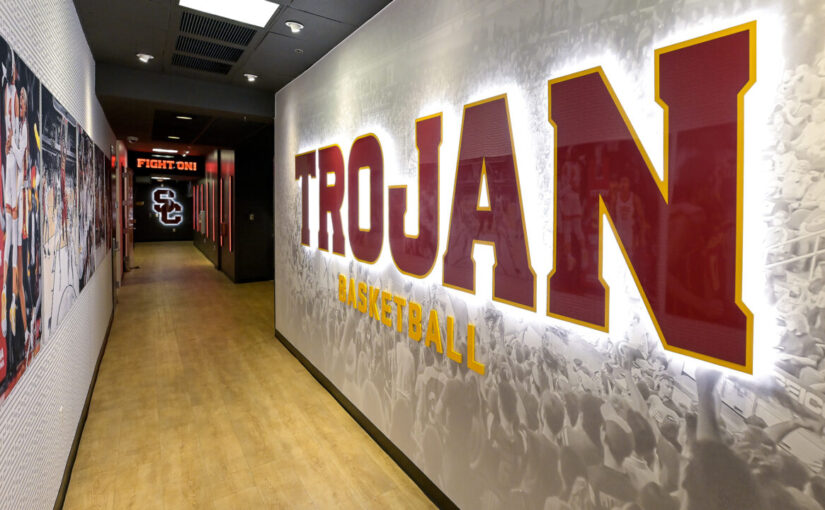University of Michigan Concussion Center helps athletes with head injuries
High school cheerleaders, like Catherine Vick from Paw Paw High School in Michigan, are among the most likely student-athletes to suffer a concussion.Vick suffered a concussion as a 10th-grader, and after telling her coaches, she entered a return-to-play protocol—checking in with her coaches about her status, and nutrition, as well as modifying workouts until she was back to 100 percent.

A recent story from the University of Michigan detailed how the university’s concussion center is helping high school athletes with head safety.
Below is an excerpt from the University of Michigan story.
Vick’s coaches earned the Michigan Sports-Related Concussion Training Certificate, developed by the University of Michigan Concussion Center to satisfy a state-mandated requirement for concussion training for all coaches and volunteers working with Michigan High School Athletic Association athletes.
The training course provides practical, up-to-date concussion knowledge for athletes, parents, coaches, and others involved in youth sports.
U-M research found that 1 in 4 adolescents self-reported at least one concussion in 2020, up from about 20% in 2016. During that same period, youths who reported one concussion rose from roughly 14% to 18%, and those who reported at least two concussions increased from about 6% to 7%.
Steven Broglio, director of the U-M Concussion Center, said the partnership with the MHSAA started five years ago to help erase some of the misinformation about concussions, with the ultimate goal of protecting athlete health and well-being.
“There’s still a lot of misinformation around concussion — what the signs and symptoms are, how to best manage the injury,” said Broglio, who also is a professor of kinesiology in the School of Kinesiology, and adjunct professor of physical medicine and rehabilitation and of neurology in the Medical School.
“And so we feel that we’re filling the need within the state of informing athletes and informing parents, coaches, and administrators of what those are — how to seek help, where to get treatment. And then put them on the right path so that they can get back to the things that they love to do the most.”
» ALSO SEE: MA superintendent wants change after boy’s causes facial damage in field hockey
Broglio said that as many as 10% of high school athletes will sustain a concussion during their time as an athlete.
“Athletes in contact and collision sports such as football or ice hockey are most at risk, but we see almost identical numbers in women’s soccer and other contact sports that our female athletes are playing,” he said.
To read the full article from the University of Michigan, click here.







